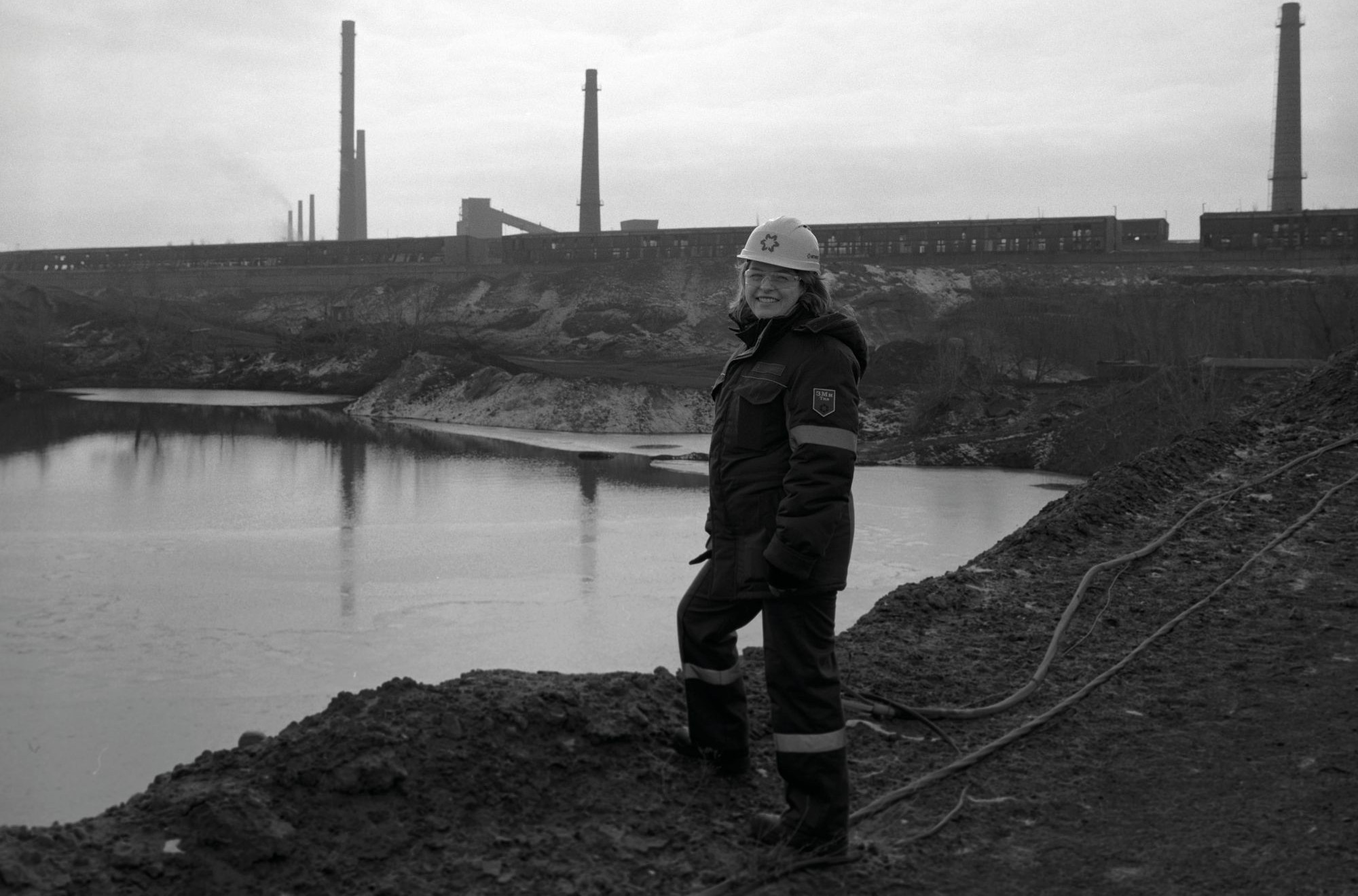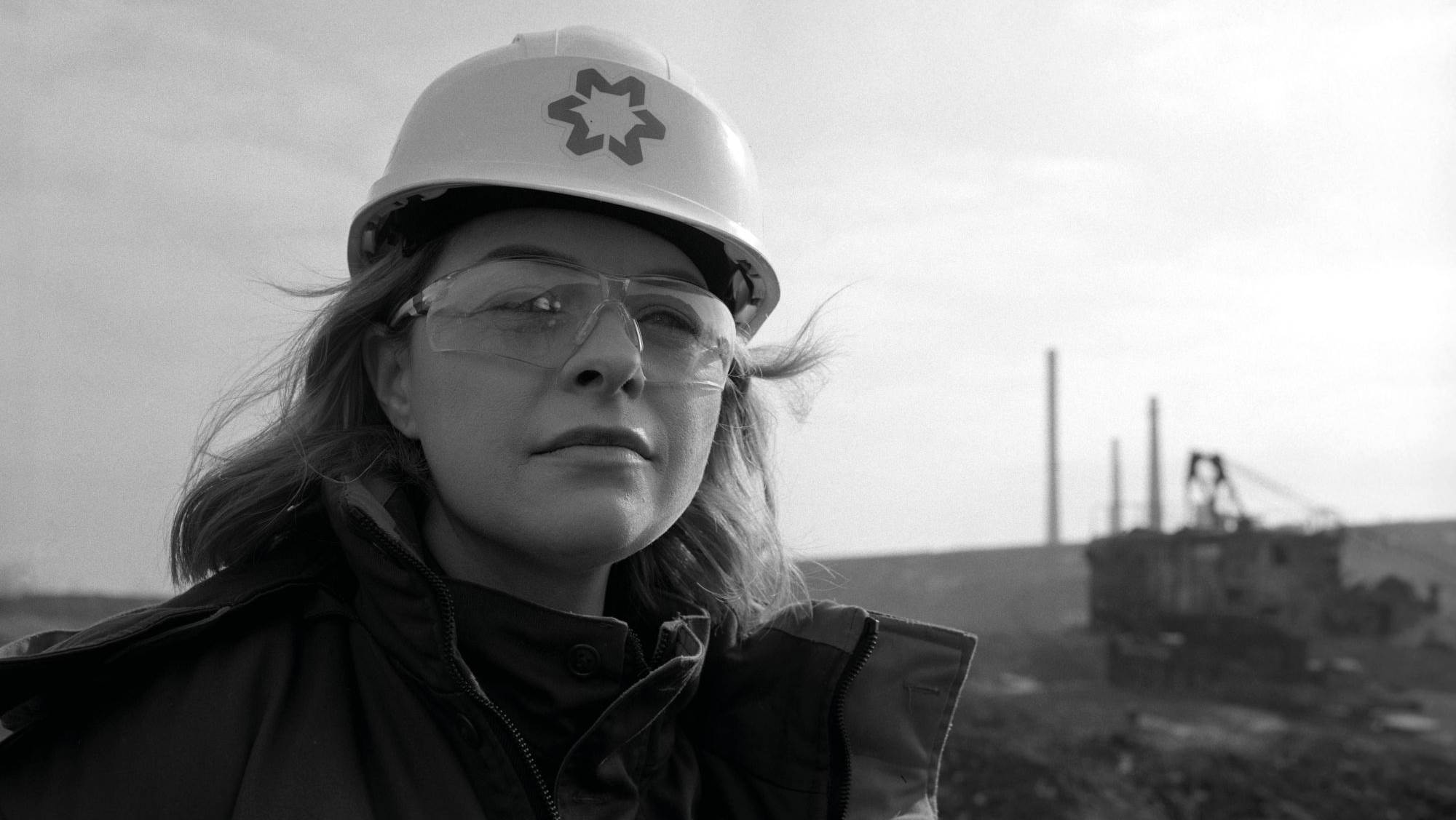Olesya is 42 years old. She has spent nearly half of that time working at Kamet Steel, Metinvest Group’s plant in the Dnipro region. It is one of Ukraine’s largest metals enterprises, and the world’s only producer of special billets for railway transport, which are then used in carriages and locomotives.
Kamet Steel is a true city within a city: here, on the shores of the Kamianske reservoir, ore is smelted around the clock across hundreds of hectares. The enterprise’s history began in the late 19th century with the construction of a railway linking the Donetsk coal basin and the Kryvyi Rih iron ore basin. The tracks ran past the village of Kamianske near Dnipro, now an industrial town of a quarter of a million people.
In February 1889, Belgian, Polish, German and French entrepreneurs and engineers launched the first blast furnace and established the steelworks. That same year, its iron and steel products were showcased at the World Industrial Exhibition in Paris (for which Gustave Eiffel built his tower) and awarded the Grand Gold Medal. The distance between Olesya’s unit for processing molten slag and Paris is shorter than it seems.

Olesya said: “When I was a child, I wanted to become a doctor: an obstetrician-gynaecologist. I dreamed of witnessing life being born. Here, at the plant, life is born too. Just from molten raw materials — iron ore, sinter, pellets and coke — we make products essential to humanity.” She is referring to pig iron, rebar and rolled steel, which are needed to build skyscrapers and bridges, as well as railways and subways.
Olesya ended up in the metals industry by chance. She took the entrance exams for Dnipro State Technical University to keep her friend company. A few years later, she graduated as a mechanical engineer. With that degree, there was only one path: into production.
Olesya started out in the blast furnace shop as a manual worker with a shovel and crowbar. Later, she switched to administrative work. Six months ago, she was offered the position of production forewoman. She hesitated: “While in my previous role I was responsible for paperwork, here I am responsible for people’s lives.” Now she manages the unit where giant ladles deliver slag after it leaves the blast furnace. Olesya oversees the transport process, assigns subordinates to different areas and monitors safety.

The work is tough — noise, high temperatures, stifling air — hence why it is traditionally seen as a man’s job. It is not just personal ambition that drives Olesya to overcome this stereotype, but also the realities of life: some steelworkers are currently in the armed forces, so women are now mastering some professions once held by men.
The uniform is the same for everyone — managers and workers, men and women: jacket, trousers, safety goggles and helmet. The only personal touch that Olesya adds is a colourful manicure. After her shift, she dabs on a drop of perfume, her favourite: the delicate floral Lanvin Eclat D'Arpege.
Olesya’s sons are waiting for her at home: eight-year-old Tymofiy and his older brother Ilya, who will turn 14 in April. “Sometimes I tell them that I have 50 employees under my supervision, and they are easier to manage than the two of you. The older one replies: ‘That is because they are afraid of you, but we know you are kind.’” Olesya does not deny it: “I really love my profession and my colleagues. Their hard work inspires me.”
Photo: Vasylyna Vrublevska
